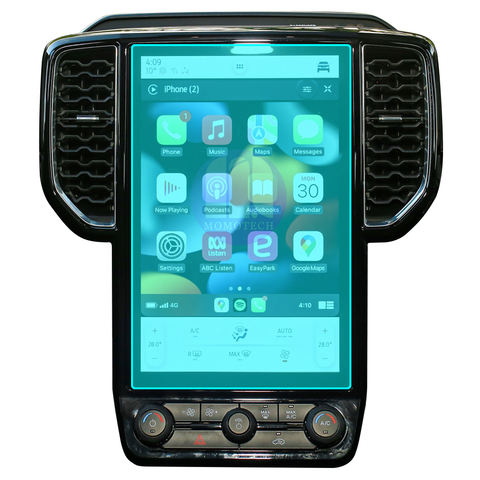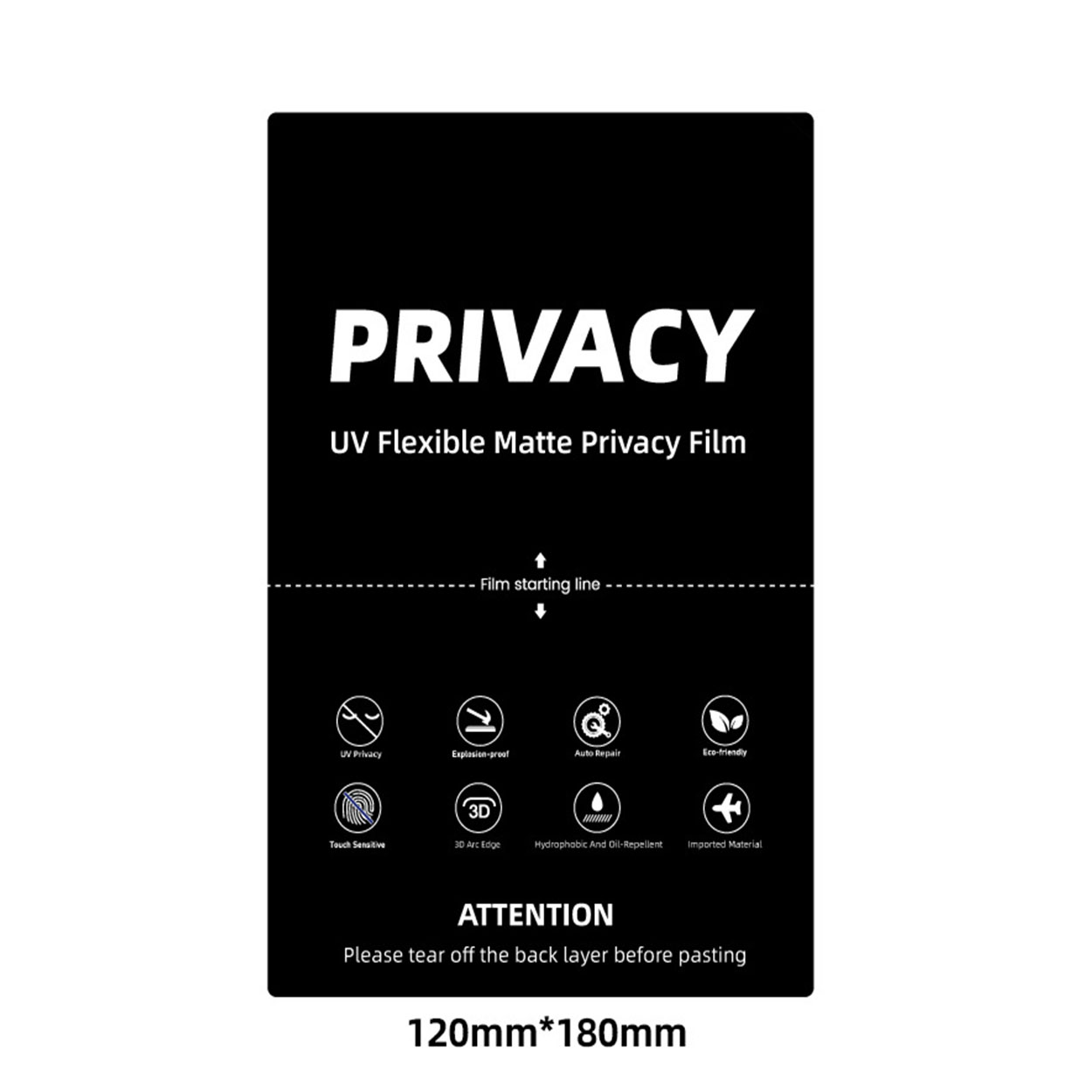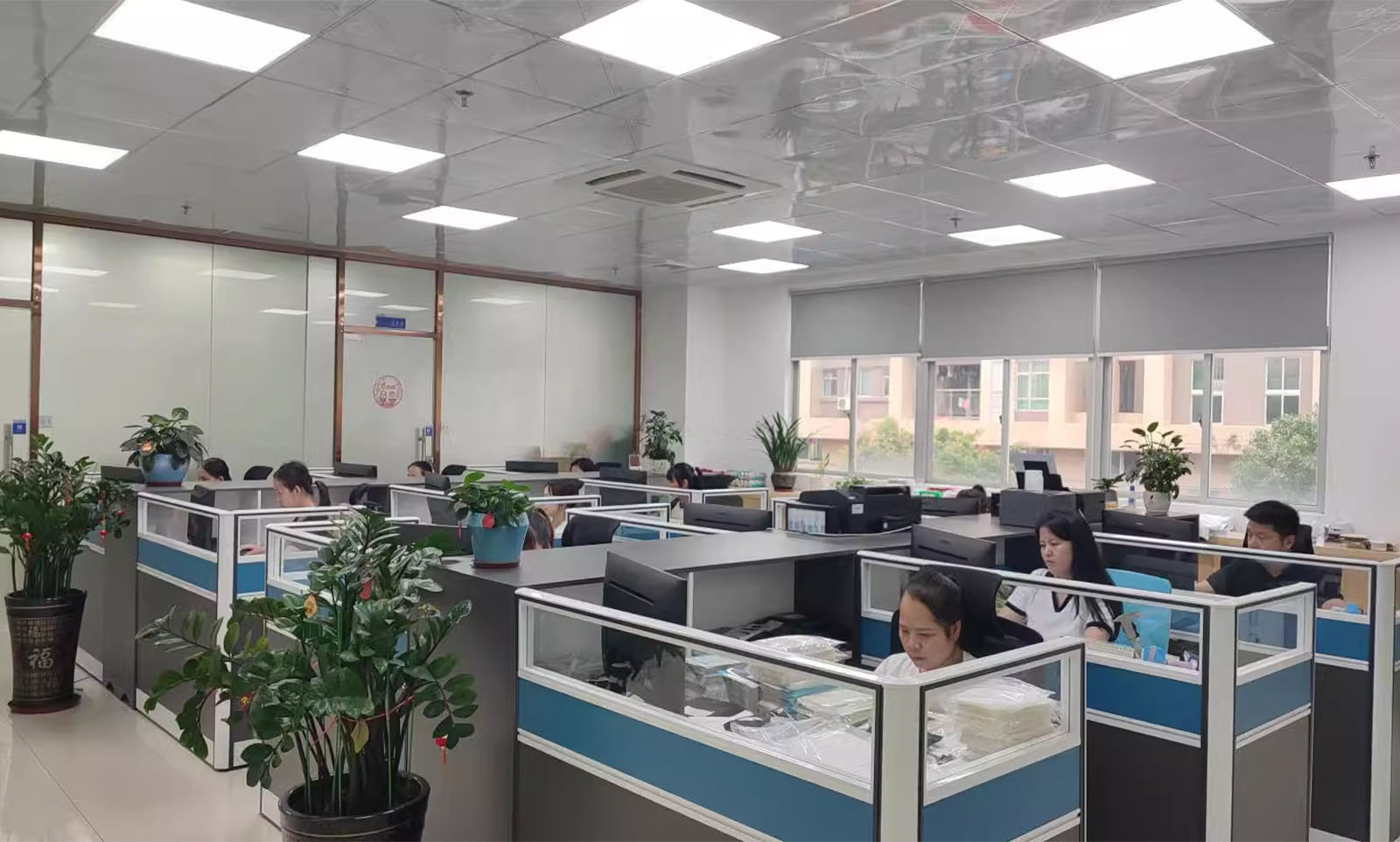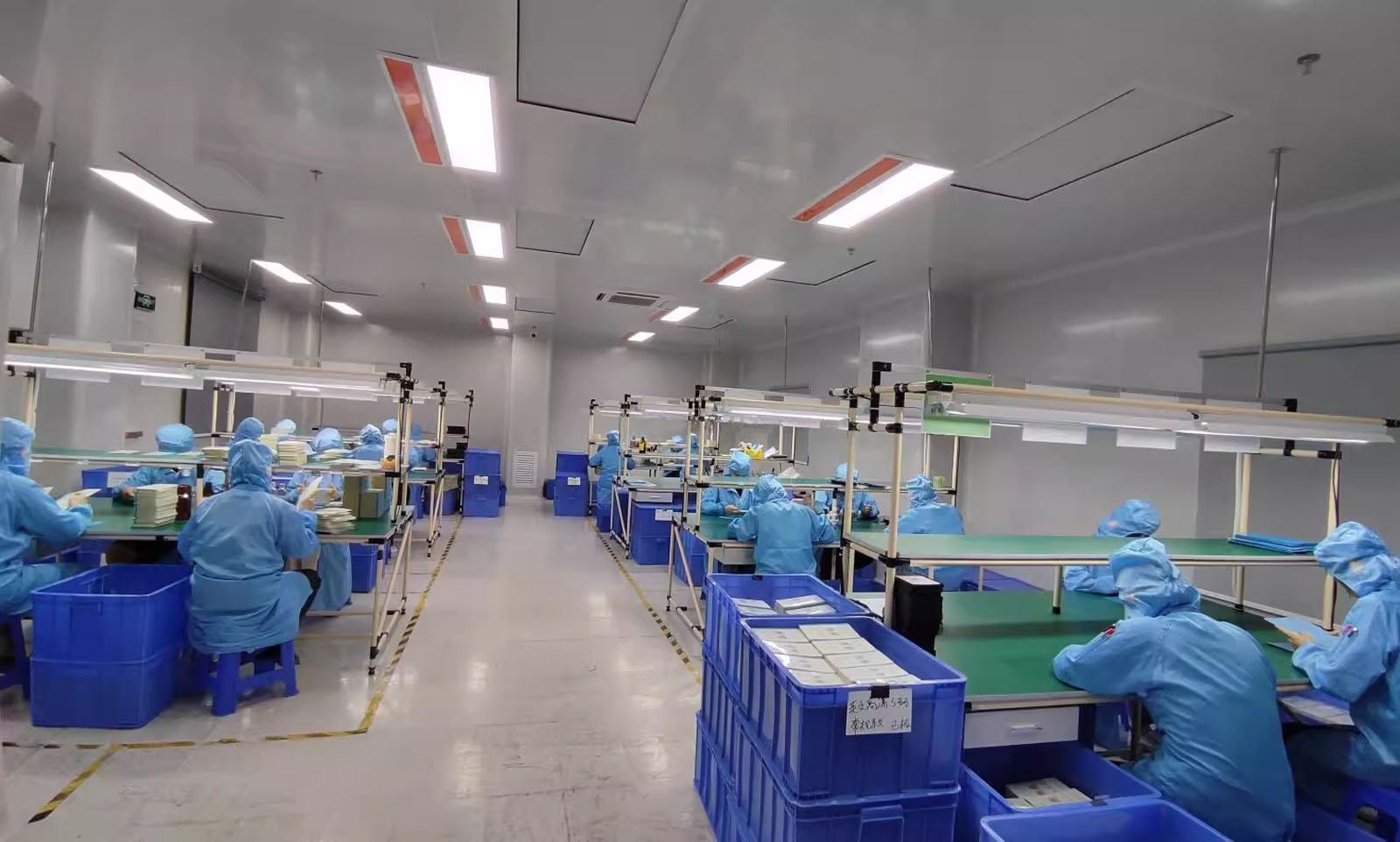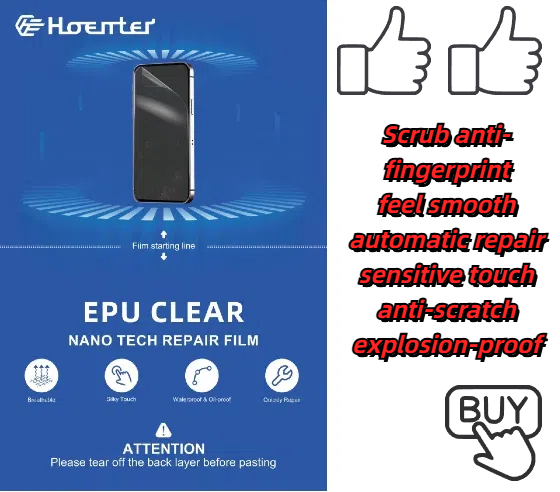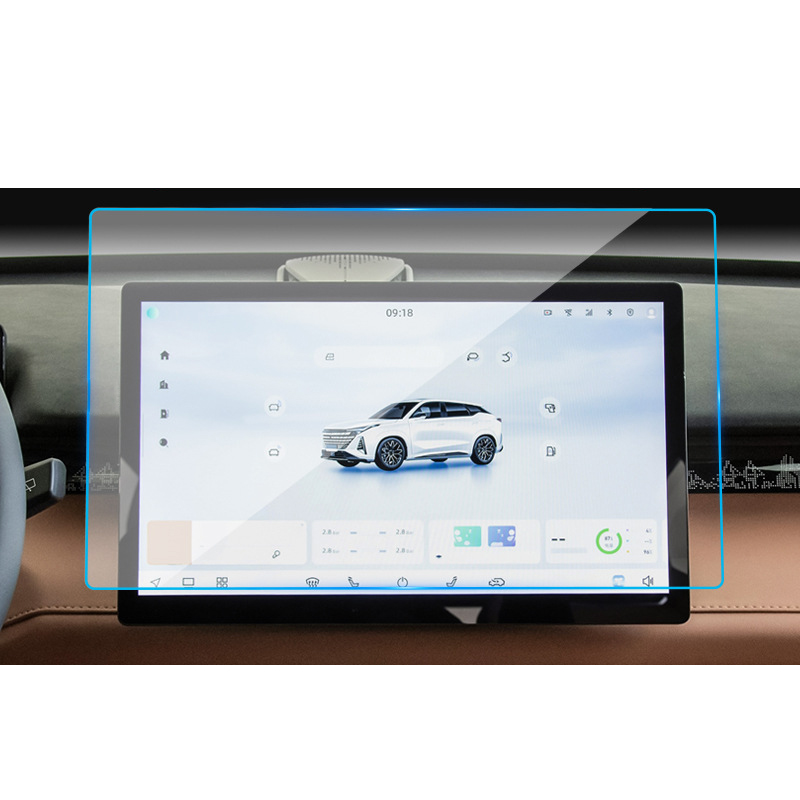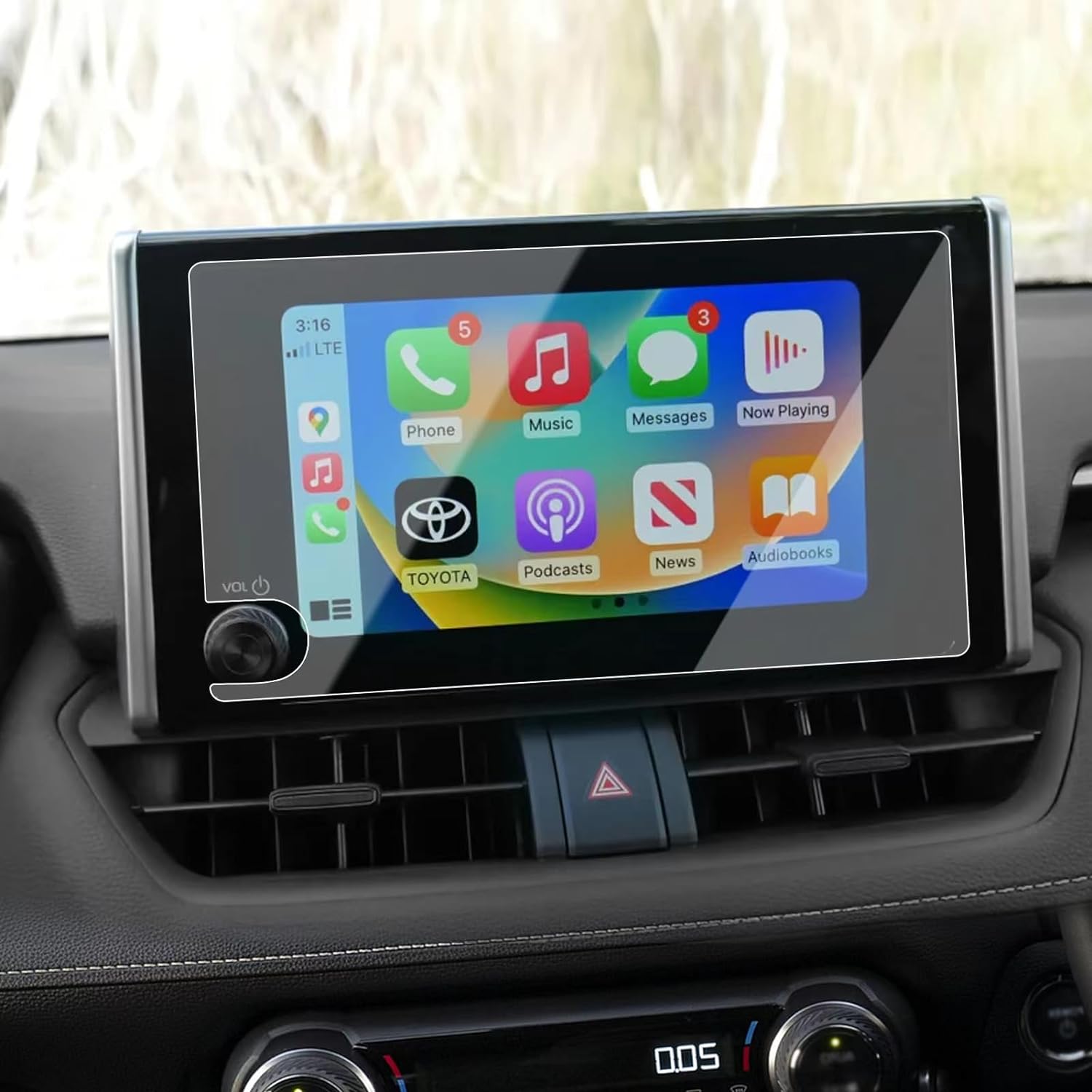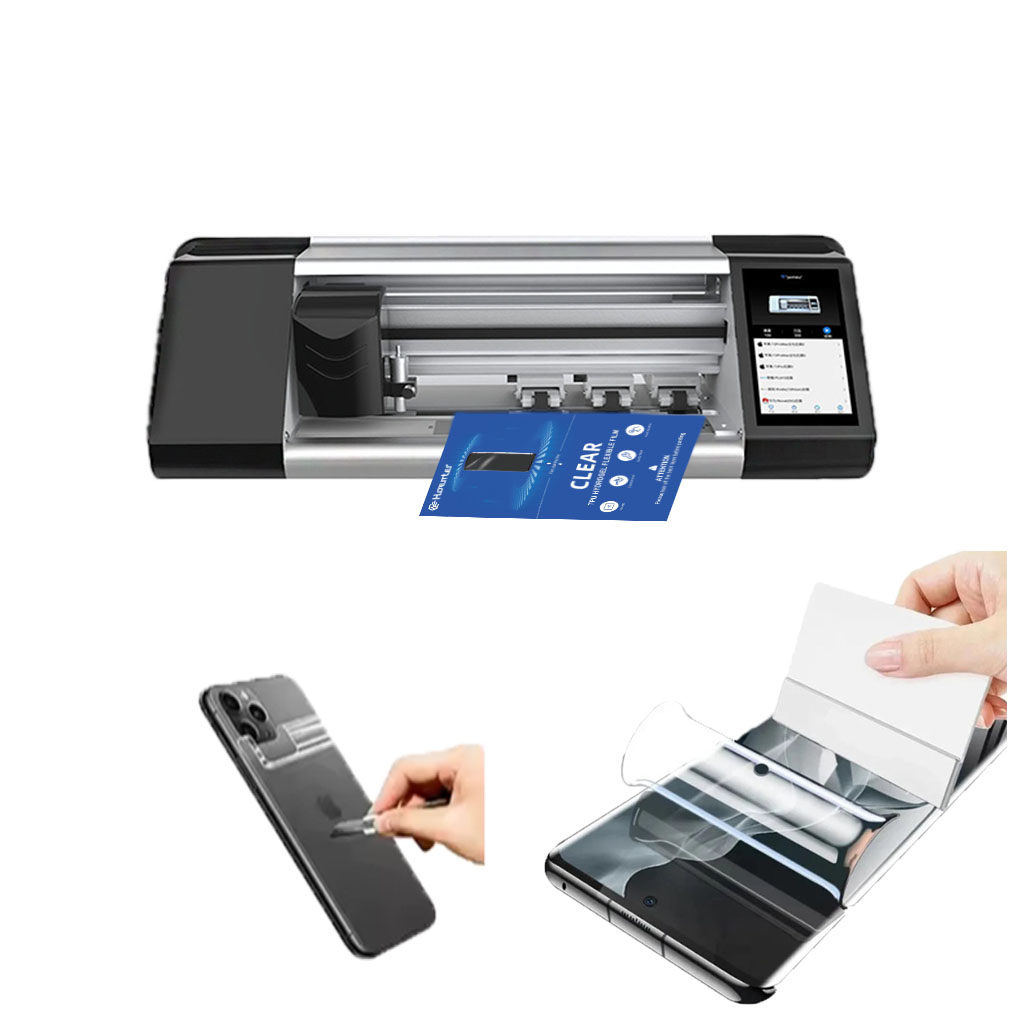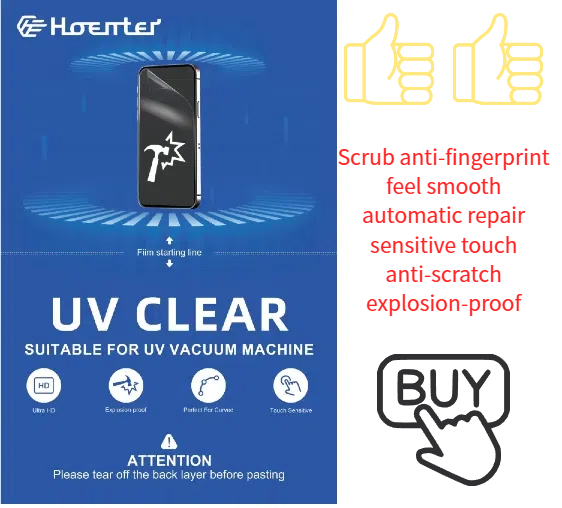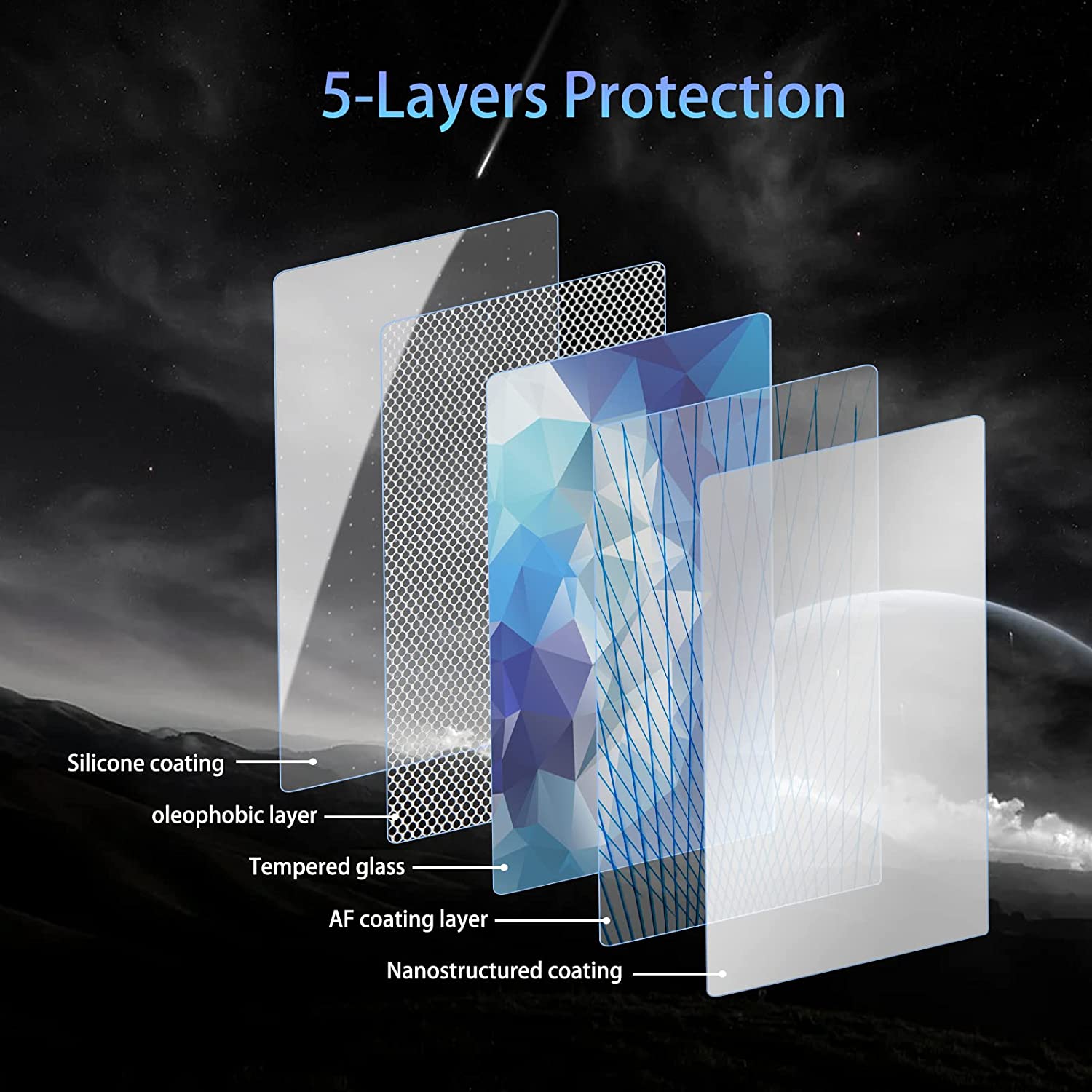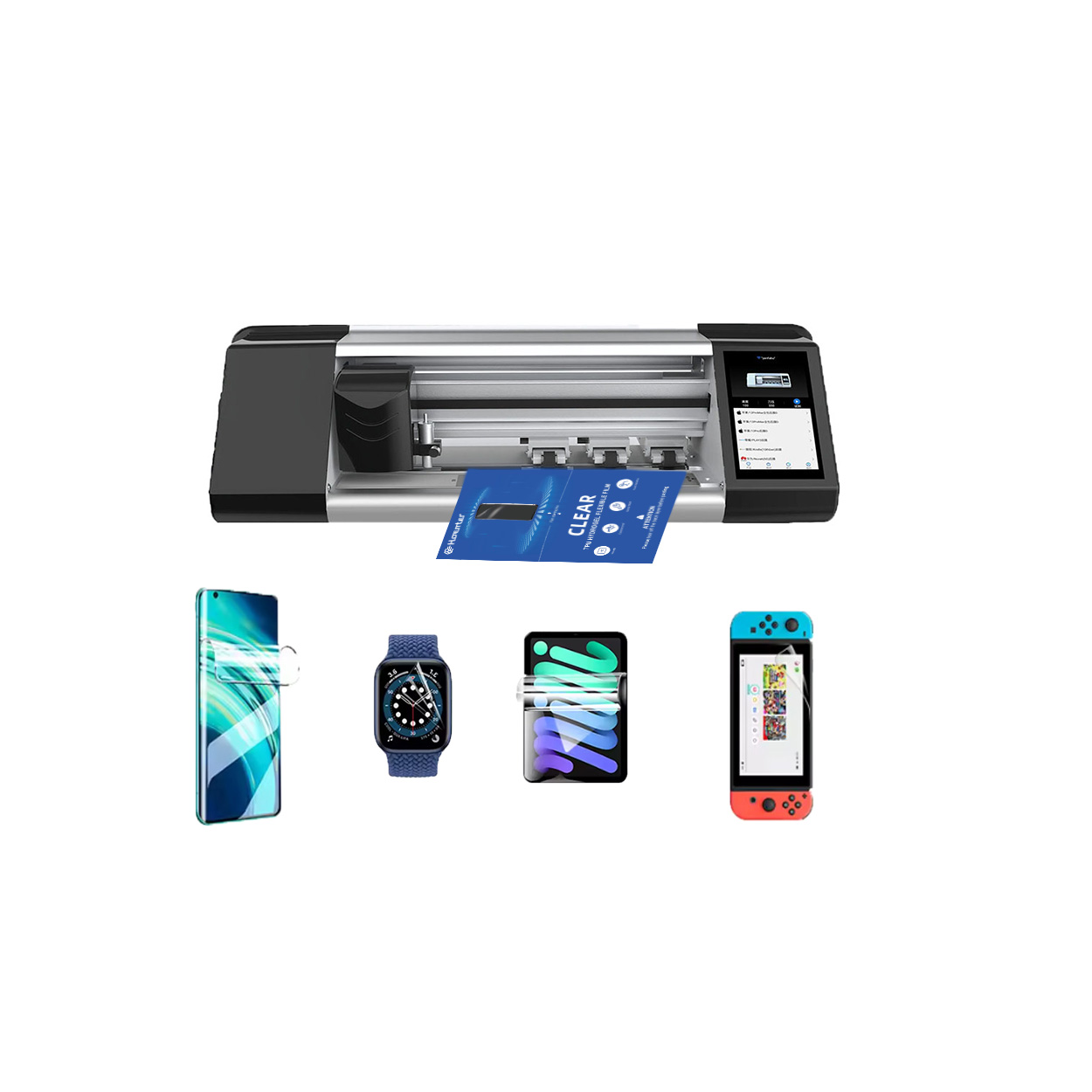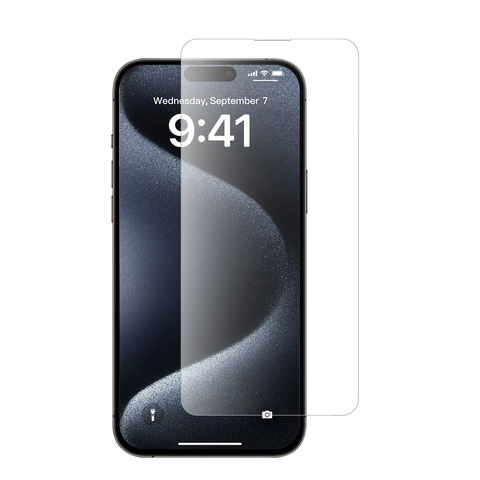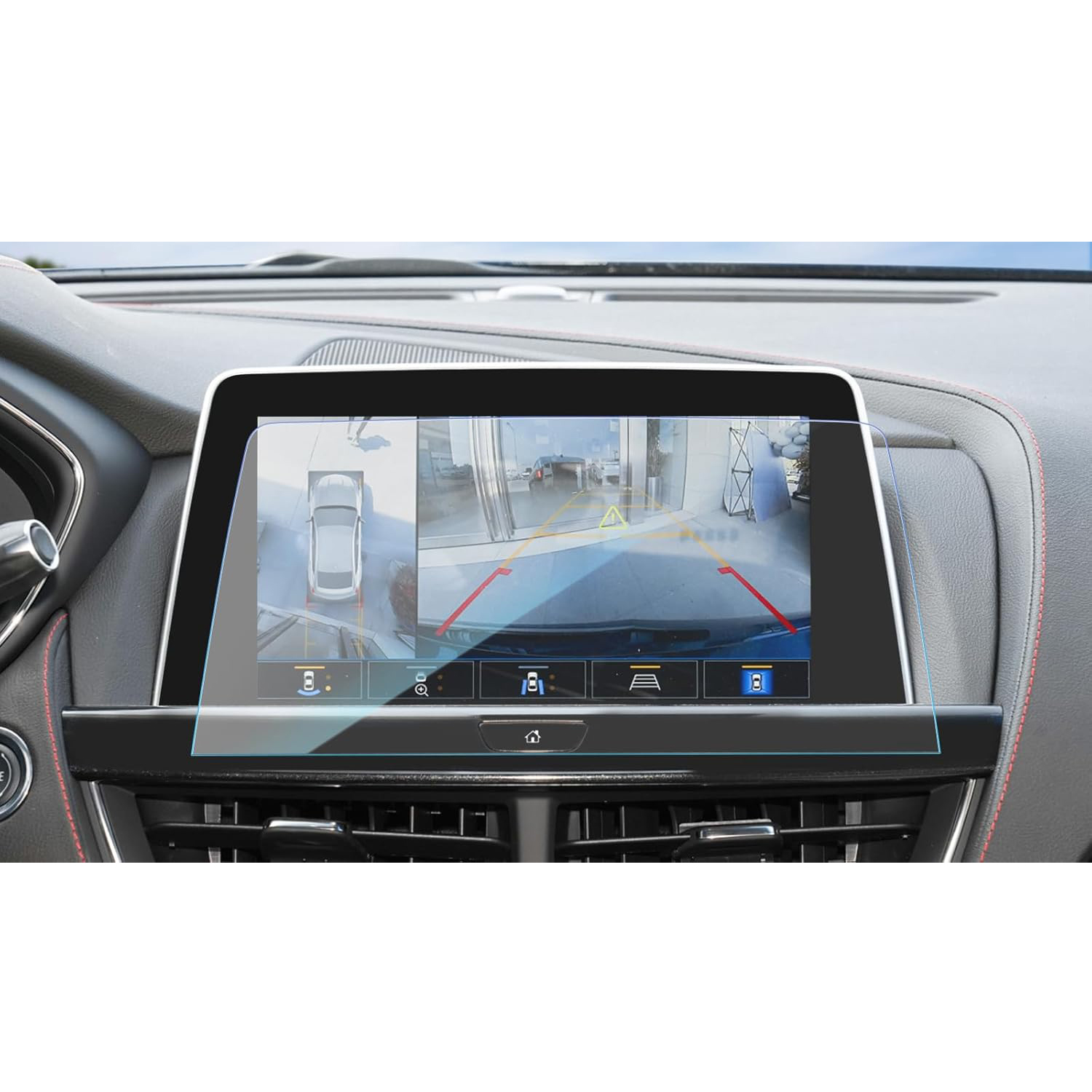Why Should You Consider a Privacy Screen Protector?
In an era where visual hacking is becoming increasingly common, privacy screen protectors offer a simple yet effective solution. Here’s why you might want to consider one:
- Protection from Visual Hacking: In public spaces like cafes, airports, or even offices, curious onlookers can easily view your screen. A privacy screen protector significantly reduces this risk.
- Data Security: For professionals dealing with sensitive information, these protectors are invaluable in maintaining client confidentiality and protecting company data.
- Personal Privacy: Even if you’re just browsing social media or checking emails, a privacy screen protector ensures your personal life remains personal.
- Reduced Eye Strain: Many privacy screen protectors also offer blue light filtering, helping to reduce eye strain during prolonged use.
- Added Durability: Besides privacy, these protectors often provide an extra layer of defense against scratches and cracks.
How Do Privacy Screen Protectors Compare to Regular Screen Protectors?
While both types of protectors offer screen protection, privacy screen protectors go a step further. Here’s a quick comparison:
| Feature | Privacy Screen Protector | Regular Screen Protector |
|---|
| Privacy | Limits viewing angles | No privacy feature |
| Protection | Guards against scratches and impacts | Guards against scratches and impacts |
| Visibility | May slightly reduce brightness | Generally doesn’t affect screen visibility |
| Cost | Usually more expensive | Generally less expensive |
| Blue Light Filtering | Often included | Not always included |
As you can see, privacy screen protectors offer additional features that make them a compelling choice for many users.
What Are the Different Types of Privacy Screen Protectors?
Privacy screen protectors come in various forms to suit different needs and devices. Let’s explore the main types:
- Plastic Film Privacy Protectors: These are thin, flexible, and easy to apply. They’re lightweight and don’t add bulk to your device.
- Tempered Glass Privacy Protectors: Offering superior protection and a smoother feel, these are more durable but slightly thicker than plastic options.
- Anti-Glare Privacy Protectors: These combine privacy features with anti-glare technology, reducing reflections and improving visibility in bright environments.
- Blue Light Filtering Privacy Protectors: These not only provide privacy but also filter out harmful blue light, potentially reducing eye strain and improving sleep quality.
- Magnetic Privacy Protectors: Designed primarily for laptops, these can be easily attached and removed as needed.
Each type has its pros and cons, so consider your specific needs when choosing the best privacy screen protector for your device.
How Do You Choose the Best Privacy Screen Protector for Your Device?
Selecting the right privacy screen protector can seem daunting with so many options available. Here are some factors to consider:
- Device Compatibility: Ensure the protector is designed specifically for your device model for a perfect fit.
- Material: Decide between plastic film and tempered glass based on your protection needs and budget.
- Viewing Angle: Some protectors offer narrower viewing angles for increased privacy. Consider how this might affect your usage.
- Additional Features: Look for extras like blue light filtering, anti-glare properties, or anti-fingerprint coatings.
- Brand Reputation: Opt for reputable brands known for quality products and customer service.
- Installation Method: Some protectors are easier to install than others. If you’re not confident in your DIY skills, look for options with easy application processes or professional installation services.
Remember, the best privacy screen protector for you will depend on your specific needs and device.
Are Privacy Screen Protectors Worth the Investment?
When considering whether to invest in a privacy screen protector, it’s essential to weigh the costs against the benefits. Here’s a breakdown:Pros:
- Enhanced privacy and security
- Protection against visual hacking
- Additional screen protection
- Potential reduction in eye strain
Cons:
- Higher cost compared to regular screen protectors
- Slight reduction in screen brightness
- May affect screen visibility at certain angles
For many users, especially those who frequently use their devices in public spaces or deal with sensitive information, the pros far outweigh the cons. The peace of mind and added security make privacy screen protectors a worthwhile investment.
How Do You Install a Privacy Screen Protector?
Installing a privacy screen protector can seem intimidating, but with the right approach, it’s quite manageable. Here’s a step-by-step guide:
- Clean your device screen thoroughly with the provided cleaning cloth.
- Use dust removal stickers to pick up any remaining particles.
- Align the protector carefully with your device’s screen.
- Peel off the backing and apply the protector slowly, starting from one end.
- Use a squeegee or credit card to smooth out any bubbles.
- Remove any protective film from the top of the protector.
Remember, many brands offer installation videos or guides specific to their products. Some even provide installation kits to make the process easier.
Can Privacy Screen Protectors Affect Your Device’s Performance?
While privacy screen protectors offer numerous benefits, it’s natural to wonder about potential drawbacks. Here’s what you need to know:
- Screen Brightness: Privacy protectors may slightly reduce screen brightness, but this is usually minimal and can often be compensated for by increasing your device’s brightness settings.
- Touch Sensitivity: High-quality privacy screen protectors should not significantly affect your device’s touch sensitivity. However, cheaper options might interfere with responsiveness.
- Face ID or Fingerprint Sensors: Most modern privacy screen protectors are designed to work with facial recognition and fingerprint sensors. However, it’s always best to check compatibility before purchasing.
- Camera Quality: Privacy screen protectors shouldn’t affect your device’s camera quality as they don’t cover the camera lens.
Overall, any potential impact on device performance is generally outweighed by the privacy and protection benefits these protectors offer.
What Are the Latest Innovations in Privacy Screen Protector Technology?
The world of privacy screen protectors is constantly evolving. Here are some exciting recent developments:
- Self-Healing Technology: Some newer protectors can repair minor scratches and scuffs on their own, maintaining clarity over time.
- Nano-Coating: Advanced protectors now feature hydrophobic and oleophobic coatings that repel water, oil, and fingerprints.
- Reversible Privacy: Some innovative protectors allow users to switch between privacy mode and normal viewing with a simple on/off mechanism.
- Enhanced Viewing Angles: Newer technologies are improving the balance between privacy and visibility, offering wider viewing angles without compromising security.
- Integration with Smart Devices: Some manufacturers are exploring ways to integrate privacy screen protection directly into smart device displays, eliminating the need for separate protectors.
These advancements are making privacy screen protectors more user-friendly and effective than ever before.
How Do Privacy Screen Protectors Contribute to Overall Digital Security?
While privacy screen protectors are excellent for preventing visual hacking, they’re just one piece of the digital security puzzle. Here’s how they fit into a comprehensive approach to protecting your digital life:
- Physical Security: Privacy screen protectors address the often-overlooked physical aspect of digital security, preventing unauthorized viewing of your screen in public spaces.
- Complementing Software Security: They work alongside antivirus software, VPNs, and other digital security measures to create a more robust defense against various types of threats.
- Awareness: Using a privacy screen protector can increase your overall awareness of digital security, potentially leading to better practices in other areas.
- Professional Compliance: For many professionals, using privacy screen protectors can be part of compliance with data protection regulations and company policies.
- Psychological Deterrent: The visible presence of a privacy screen protector can discourage potential visual hackers from even attempting to view your screen.
Remember, while privacy screen protectors are valuable tools, they should be used in conjunction with other security measures for comprehensive protection.
Key Takeaways: Why Privacy Screen Protectors Matter
As we wrap up our deep dive into privacy screen protectors, let’s recap the most important points:
- Privacy screen protectors use micro-louver technology to limit viewing angles, protecting your information from prying eyes.
- They offer dual benefits of privacy and physical screen protection.
- Various types are available, including plastic film, tempered glass, and specialized options with features like blue light filtering.
- Choosing the right protector depends on factors like device compatibility, material preference, and additional features.
- While they may slightly affect screen brightness, the privacy and security benefits often outweigh this minor drawback.
- Installation is manageable with proper guidance and tools.
- Privacy screen protectors are part of a comprehensive approach to digital security, complementing software-based measures.
In conclusion, as our digital lives become increasingly intertwined with our physical world, tools like privacy screen protectors become not just accessories, but necessities. Whether you’re a business professional handling sensitive data, a student working in public spaces, or simply someone who values their privacy, a quality privacy screen protector is an investment in your digital security and peace of mind.Put a privacy screen protector on your device today and take a significant step towards safeguarding your digital life. After all, in a world where information is power, protecting your personal data is not just smart—it’s essential.
